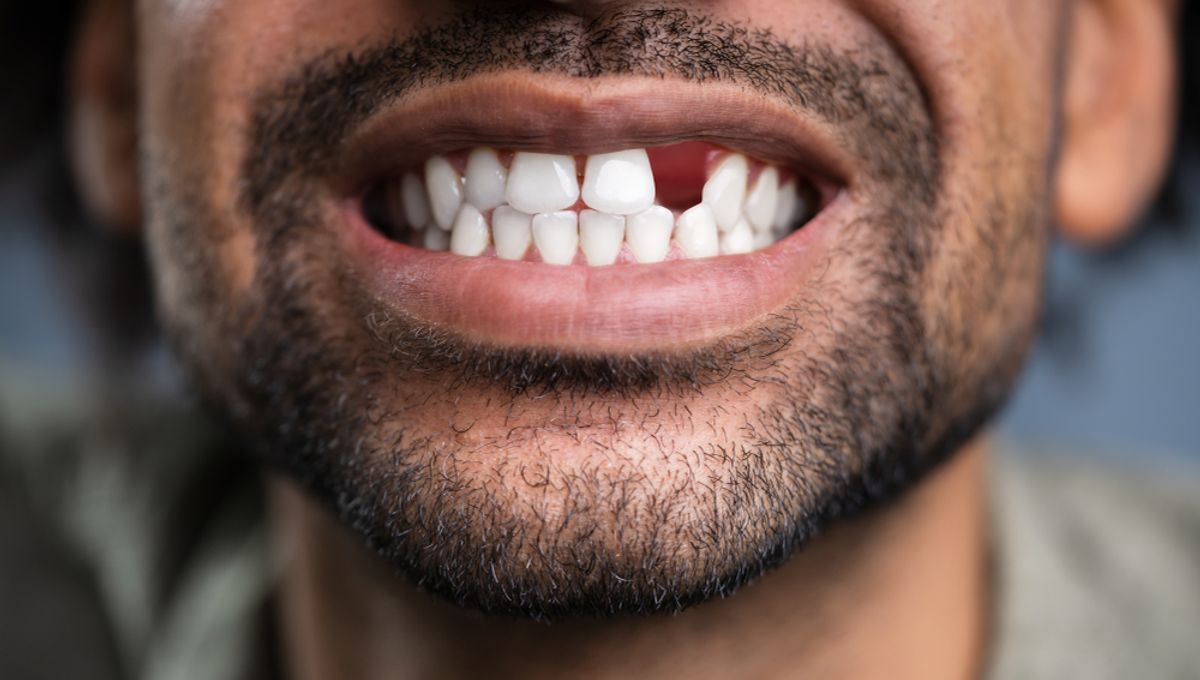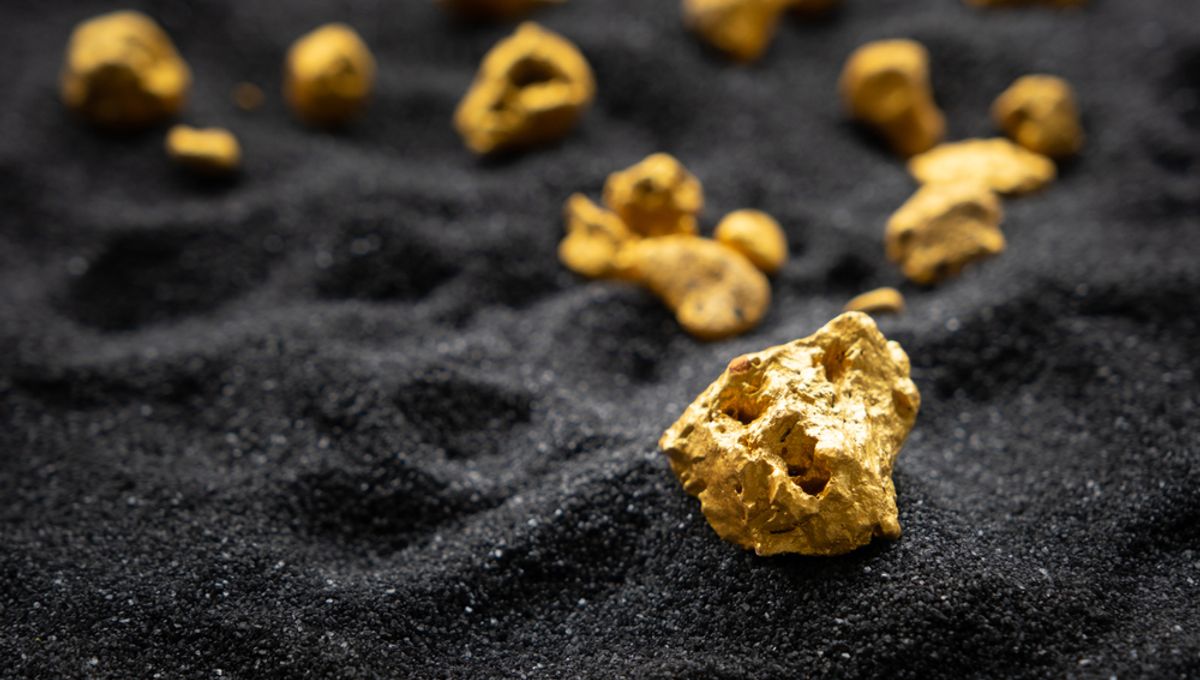In a groundbreaking study, researchers from the University of Washington have successfully created an organoid in the lab that can produce dental enamel, the toughest substance in the human body. This remarkable achievement was made possible by coaxing stem cells into becoming specialized cells called ameloblasts, which are responsible for enamel formation during tooth development. Normally, these cells die off after tooth formation is complete, leaving the body unable to regenerate enamel.
However, the scientists have now managed to create ameloblasts in the lab, offering a potential solution to this problem. “This is a critical first step to our long-term goal of developing stem cell-based treatments to repair damaged teeth and regenerate lost ones,” said Hai Zhang, study co-author and professor of restorative dentistry at the University of Washington.
To obtain the blueprint for creating ameloblasts, the team delved into the intricate genetics underlying cell generation. DNA acts as a recipe book, containing instructions for producing all the proteins in our bodies. These instructions are delivered to molecular machines through messenger RNA (mRNA) molecules. By using a technique called “single-cell combinatorial indexing RNA sequencing (sci-RNA-seq),” the researchers were able to recover the stage of enamel production and understand how gene activity patterns code for the proteins that transform stem cells into fully differentiated ameloblasts.
The end result is a complex organoid: a tiny, three-dimensional, multicellular mini organ in a Petri dish. This breakthrough could pave the way for the development of “living fillings” that can grow and repair cavities and other dental defects.
“Teeth are smaller and less complex compared to organs like the pancreas, kidney, and brain, which we also aim to regenerate from stem cells. Teeth could be the low-hanging fruit in this endeavor,” explained Professor Hannele Ruohola-Baker, a leading expert in regenerative medicine at the University of Washington who led the project. “While it may take time to fully regenerate teeth, we now have a clear roadmap to follow.”
Recent studies have shown promising results in the field of tooth regeneration. For example, scientists from Kyoto University discovered that a protein called USAG-1 limits tooth growth in mice. By turning off the gene responsible for producing this protein, the mice were able to regrow their teeth. Although this research is still in its early stages, human clinical trials could potentially begin as early as 2024.
The study has been published in the journal Developmental Cell.








